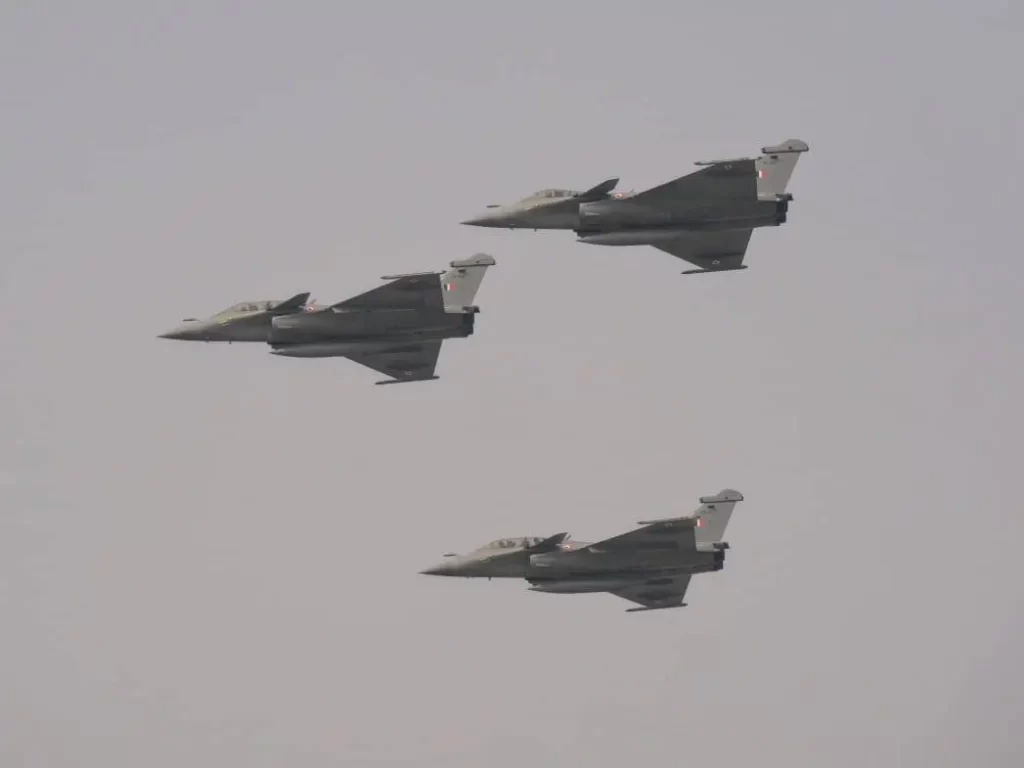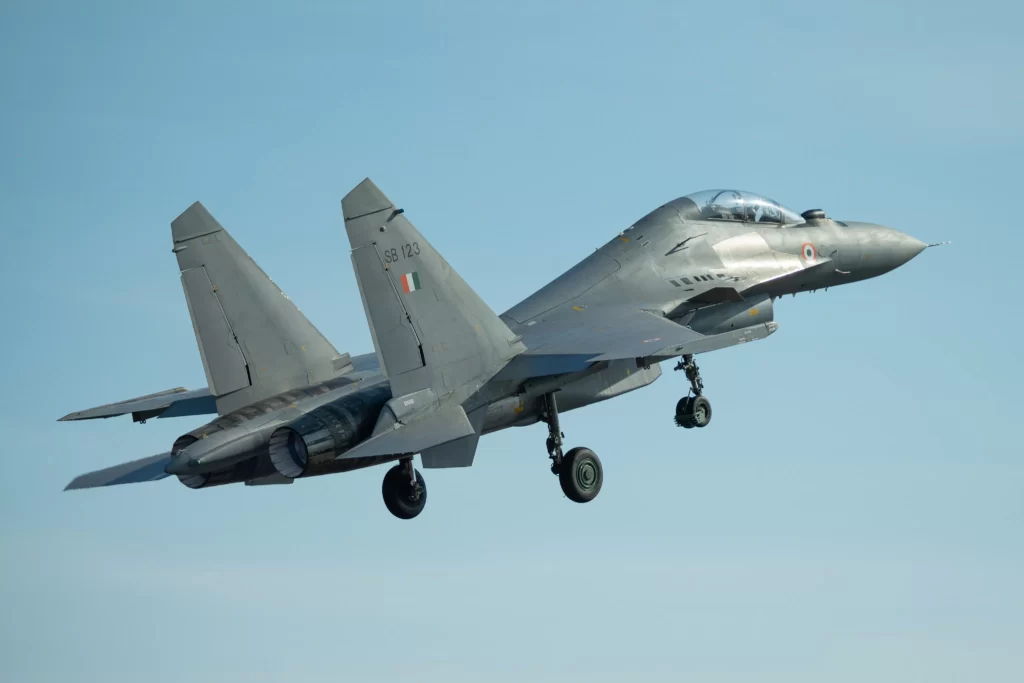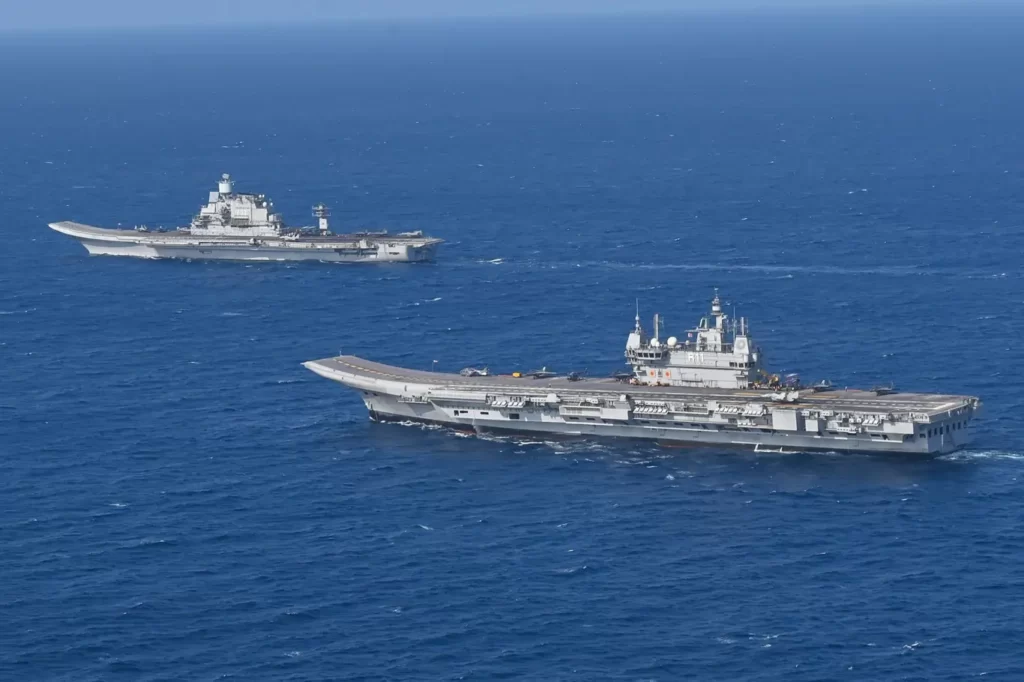The Line of Actual Control, stretching just over four thousand kilometers, which is the effective border between the People’s Republic of China and India, is not the only potential hotspot between the world’s two most populous countries. These two giants of the Asia-Pacific region see their disputes extend beyond the mountainous borders, such as in the realm of air and naval dominance. This is evidenced by one of the recent decisions of the government led by Prime Minister Narendra Modi, which, in response to increased Chinese activity in the region, plans to construct new Indian Armed Forces bases in the archipelago of the Lakshadweep Islands, located near the Maldives.

According to reports from a recent government session in India, sources indicated to local media that, based on recommendations from the Department of Military Affairs, there will be advancements in constructing two new air bases intended to host combat units of the Indian Air Force. Specifically, these bases are planned for the islands of Maliku, while the current base at Agatti will be expanded in both capacity and facilities. These two islands are part of the aforementioned Lakshadweep archipelago, strategically positioned in the Arabian Sea, halfway along several of the world’s major maritime trade routes. Although the Indian government has stated that these new and expanded facilities would have dual-use capabilities, including commercial airline use, the decision is primarily driven by the increased activities of the People’s Liberation Army Navy in the region.
It is no surprise that Beijing, through various initiatives, seeks to strengthen diplomatic and cooperative ties with countries in the Middle East and Africa. This includes vital infrastructure investments and the growing presence of Chinese companies in these key regions, alongside military cooperation through joint exercises, exchanges, and the provision of military equipment, either through donation or sale. Chinese diplomacy also aims to position itself as a key mediator in disputes among various countries, offering an alternative to the influence of the United States and Europe.

Meanwhile, from New Delhi, there is increasing wariness towards China’s assertive stance, which includes cooperation at various levels with Pakistan, another significant player in this scenario and India’s principal adversary since the founding of both states in the 20th century, marked by numerous border conflicts, wars, and rival nuclear programs.
The establishment of new air bases in the region also serves operational purposes. Following a request from the Maldivian government, India confirmed the withdrawal of its military troops and assets from the archipelago during the past year. This decision was one of the electoral promises made by President Mohamed Muizzu, although various experts perceive Beijing’s diplomatic maneuvers behind this move.

As of today, further details about the future bases to be created and expanded by India in the mentioned islands are not yet known. However, these plans were coordinated and presented to the Prime Minister by the Armed Forces and Coast Guard, suggesting that these facilities will likely serve a joint purpose, accommodating not only the Air Force but also the Navy and Army.
*Photographs used for illustrative purposes.
You may also like: India is negotiating with the United States for options to locally produce FGM-148 Javelin anti-tank missiles









